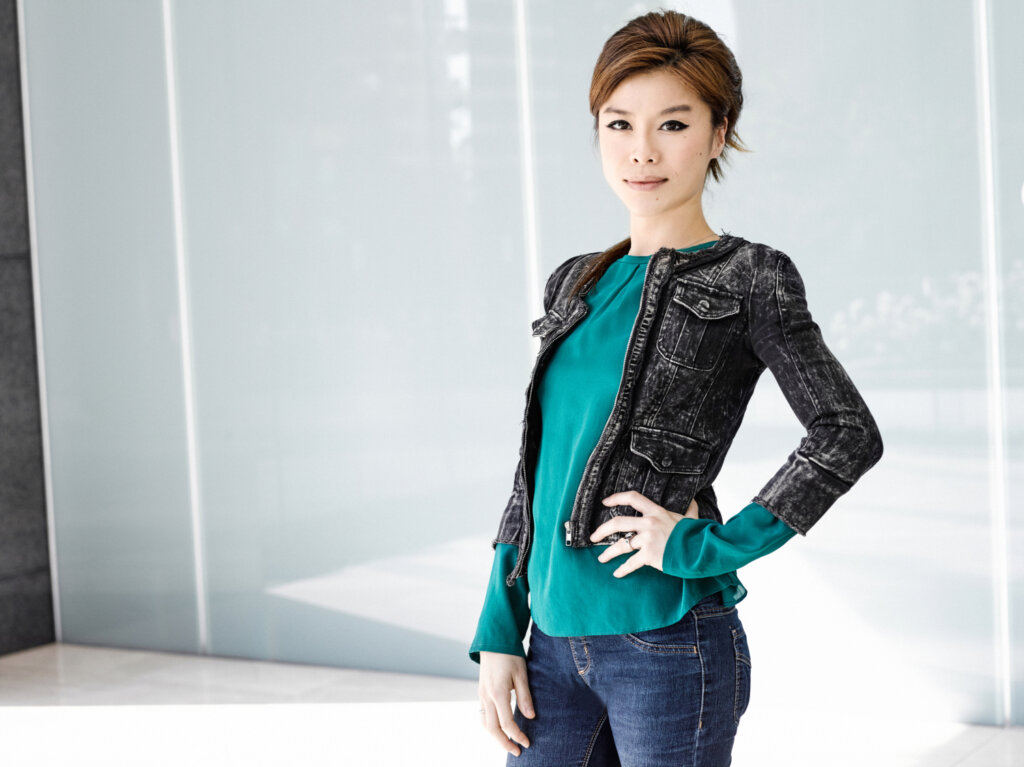
In 2013, the Museum of Tolerance in Los Angeles opened a permanent exhibit focused on the life and legacy of Anne Frank. At just under 4,000 square feet, the exhibit is relatively small, but its impact hits you straight in the heart. Aside from the Anne Frank House in Amsterdam, it is the most extensive exploration of Anne Frank’s life in any museum.
The exhibit draws attention to the devastation of the Holocaust while highlighting Anne’s infectious spirit and the future life she hoped to have.
Working alongside Mehrdad Yazdani, Mimi Lam, a senior designer in our Yazdani Studio, led the design of the exhibit. In what she calls both an honor and a challenge, the experience taught her much about what it takes to create successful exhibits, and how design can be harnessed to educate, inspire and entice.
In what ways did the Anne Frank exhibit affect you personally?
“The exhibit was pivotal personally not only because I was inspired by her searing voice to fight for human dignity, but also because it was the first time I realized the spatial design skills that I utilize as an architect can be used to create interior spaces that are both aesthetically innovative and profoundly impactful. Mehrdad has always been keen on telling a story with every project that comes out of our studio. Over 10 years of working closely with him on many projects, I learned the central role storytelling plays in connecting with clients and users on all levels. ‘Anne’ the exhibit was a unique opportunity to implement architectural concepts for the purpose of communicating information in a provocative and engaging manner.”
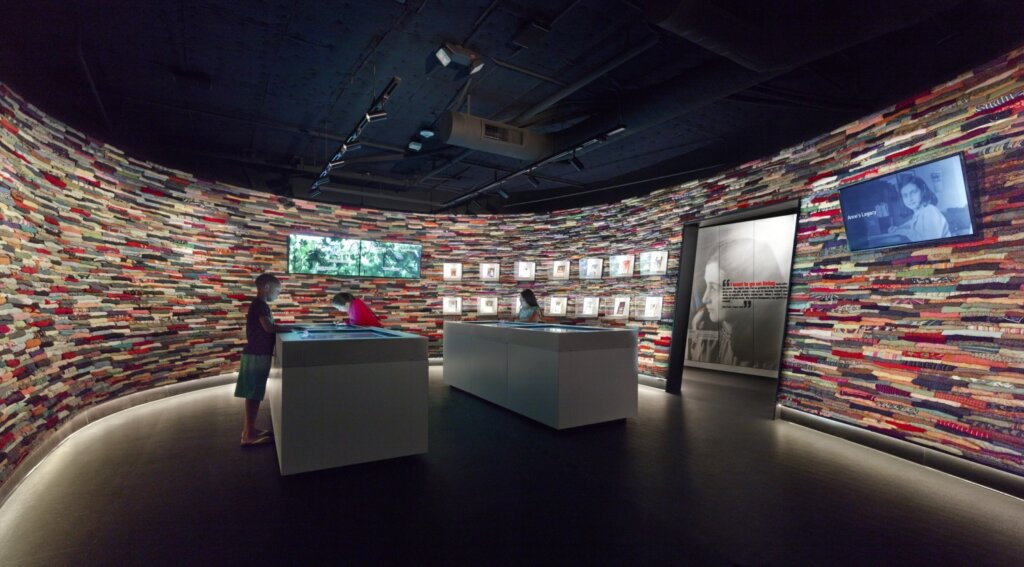
You’re currently working with the Museum of Tolerance on their new museum in Jerusalem. Can you talk a little about that?
“Mehrdad has had a wonderful relationship with the Museum of Tolerance for almost 20 years, which has led to quite a bit of work with the institution. Over the last few years, we’ve been working with Rabbi Marvin Hier, the director of the Simon Wiesenthal Center [the Museum of Tolerance is the education arm of the Simon Wiesenthal Center] to create a number of permanent exhibits for the new museum located in the heart of modern Jerusalem. The museum has three main exhibit spaces: The People’s Journey Exhibit, which pays tribute to the core human values that ensure the survival of a population, using the Jewish people as a prominent example. The Social Lab, which challenges visitors to confront difficult political and social topics and engage in a dialogue about those topics with the museum and other visitors, some of whom may have differing perspectives. And finally, the Children’s Museum, which walks children through a journey based on the story of Moses and introduces them to some of the core values that we explore in more depth in the adult museum. We also designed the outside garden space, which includes a number of public exhibits.
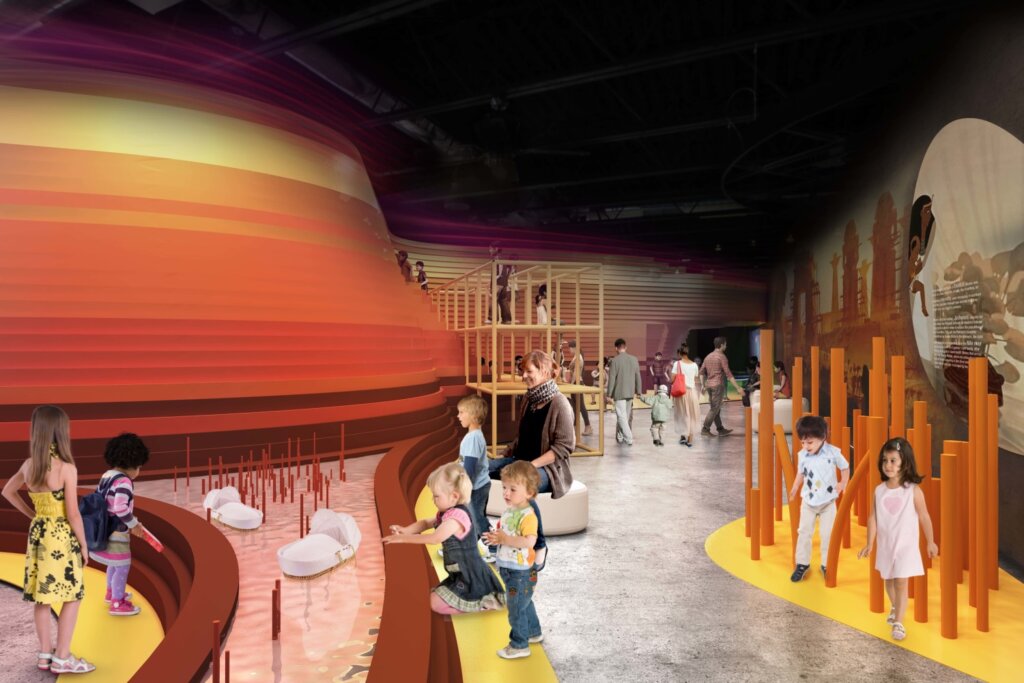
The project has been one of the largest permanent exhibits we’ve ever worked on, and also one of the most challenging — in a good way. This is our firm’s first time working in Jerusalem, so we had to learn a lot about the culture and the best approach to work with local consultants. There’s also, of course, quite a bit of conflict in the city. We consulted with a number of local scholars from diverse backgrounds in an effort to create a safe and inclusive environment that respects differences and promotes tolerance. The exhibits focus on Jewish culture, but the values and stories we present are meant to resonate with people universally.”
What has exhibit design taught you about storytelling?
“Storytelling is everything when it comes to exhibits. Personally, working so closely with Rabbi Hier has taught me a lot about the topic — after all, Rabbis have thousands of years’ experience teaching through stories. What I’ve learned is that the most successful way to tell a story is to create memories. Attach emotion and meaning to the events that transpired. Facts and figures are fine, but being able to relate to an audience and be authentic is the best way to connect. Also, the content shouldn’t be the only driver of the story. The space should be part of the storytelling, too. A great example is the infinity wall in the Anne Frank exhibit. The wall is a central element of the exhibition that guides the movement of the story. It is made of clothing that transforms as the story unfolds, fading from bright colors when the story describes Frank’s childhood to gray and black as she is swallowed up by the Nazi regime. The wall leans in at times to create a claustrophobic experience and it opens up at the end to symbolize optimism for the future.”
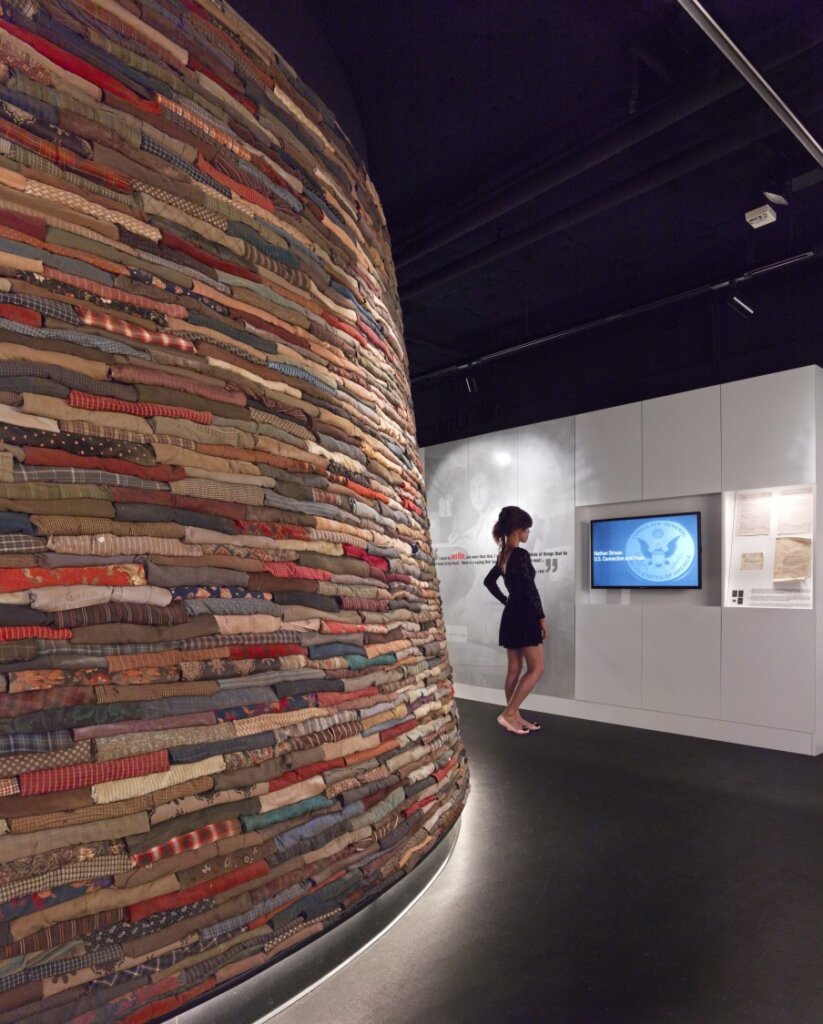
What do you think is the next frontier in exhibit design?
“Our current generation learns in different ways than previous generations, and many museums are at a crossroads where they’re trying to adapt the latest technology in response. Museums today are much more interactive, using multi-media and immersion to allow patrons to experience the exhibit rather than just look at it. These multilayered environments are a big part of making exhibitions accessible. By using multiple mediums with multiple opportunities for interaction, we’re able to meet the learning needs of diverse groups of people. As key pillars of their communities, museums have to evolve in order to stay relevant to each generation. In the case of MOT Jerusalem, we harness the latest exhibit technology to help museum visitors make sense of life’s challenges, contextualizing the past and the future and improving the circumstances of the people the museum serves.”
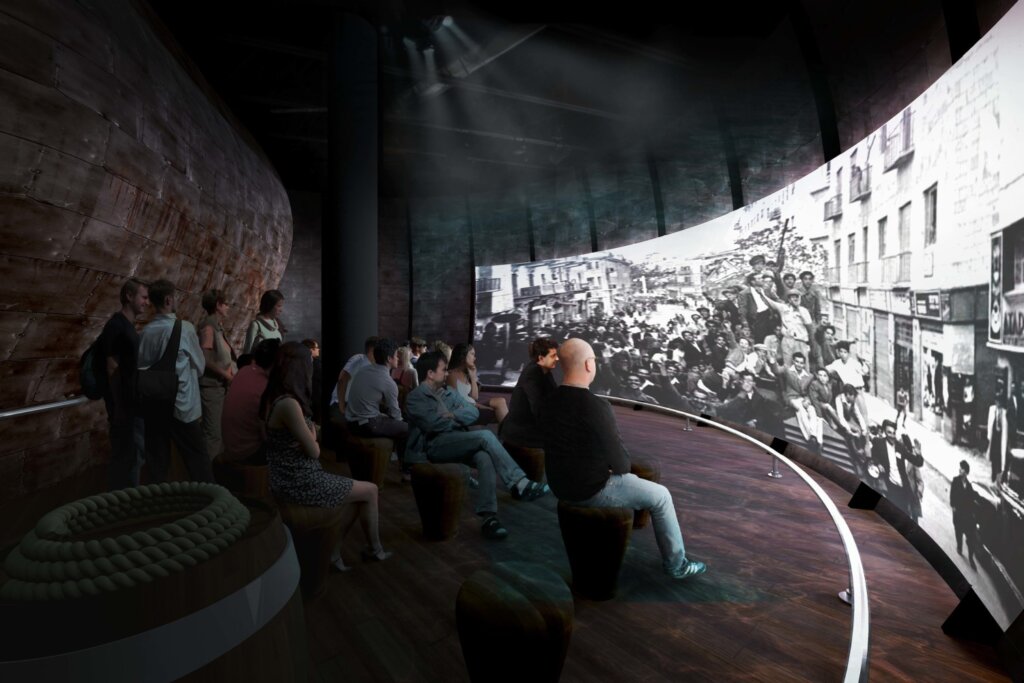
In what ways is exhibit design different than simply interior design?
“In exhibit design, form follows content, but content can’t stand on its own. As designers, we are constantly collaborating with content curators, interactive producers, media experts, educators and museum leaders to harness spatial planning, storytelling, form and lighting to create environments that communicate the content we’re showcasing in the most impactful and provocative manner. Every exhibit is completely different, so we’re always learning on the go, and in a way, becoming specialists in the content the exhibit is featuring.
We’re also typically designing for a set amount of time. For example, it takes about 60 minutes to get through the Anne Frank Exhibit. To keep the audience engaged in the story, we’re challenged to strike a delicate balance. We do not want to overwhelm the visitor, but we want to orchestrate the experience from start to end with elements that pique visual and emotional interest and elicit a profound response.”